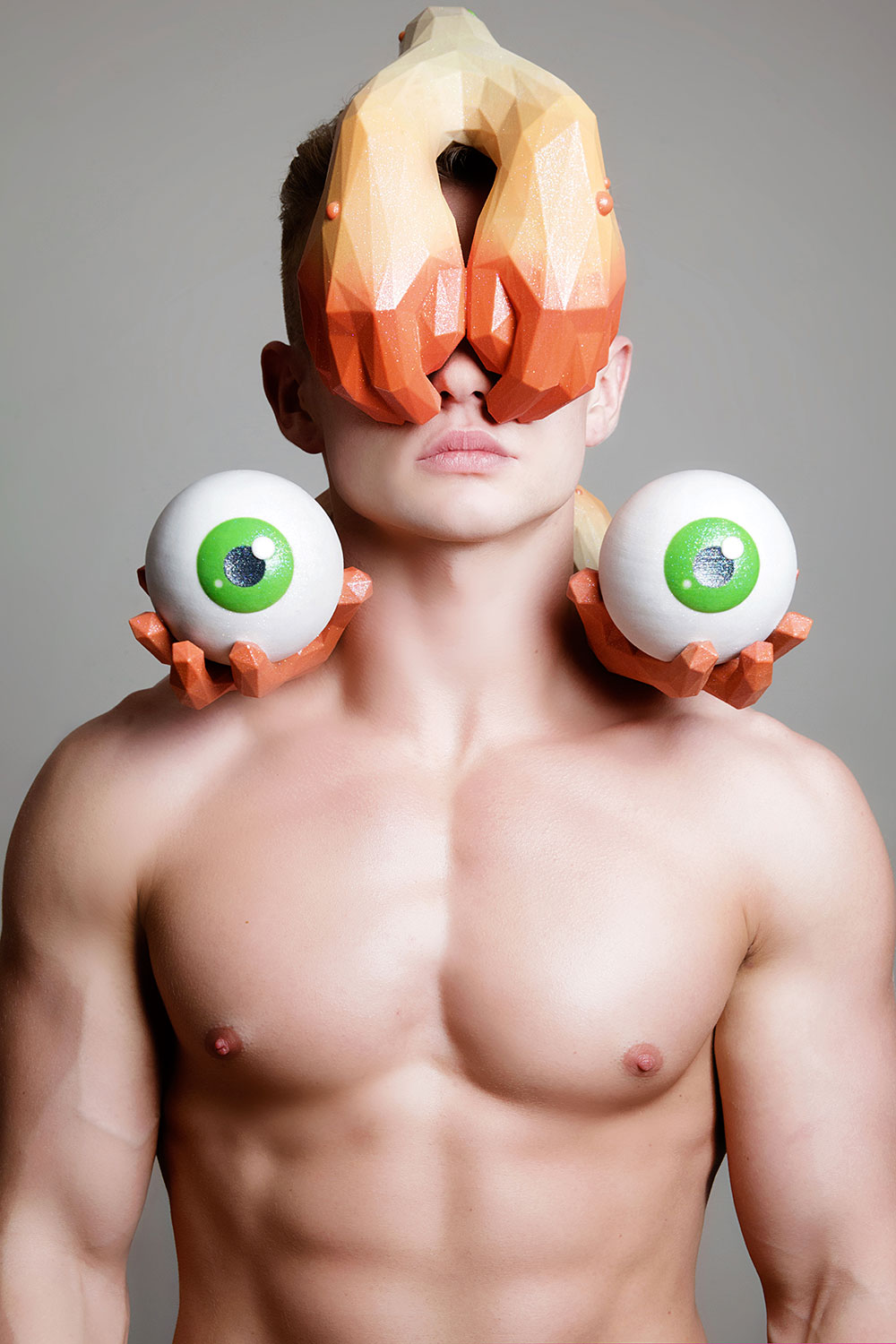Rob Elford’s “The Vacanti Man” project seamlessly intertwines cutting-edge 3D printing technology with hauntingly imaginative visual storytelling. This series of sculptural accessory pieces delves into a narrative laced with allegorical body horror, a nod to the experimental work of Charles Vacanti. In doing so, Elford invites viewers into a realm where the grotesque beauty of pixelated forms challenges traditional perceptions of the human body. The project’s emphasis on the eye and the hand serves as a symbolic exploration of masculinity’s intertwined complexities, echoing Freudian and quasi-religious themes that probe the deeper recesses of identity and psyche. By employing decimation — a process that transforms 3D scans of real human limbs into simplified, tessellated shapes — Elford offers a visual critique of reductionist tendencies in both gender norms and contemporary political landscapes.
This artistic exploration is not merely a visual feast but a provocative commentary on societal constraints. By deconstructing and reshaping the human form into abstract, geometric entities, Elford’s work invites discourse on the nature of identity, embodiment, and the forces that mold them. The recurrence of the eye and hand motifs reflects an intriguing juxtaposition of sight and action, possibly gesturing toward a struggle between perception and reality within the constructs of masculinity. Through these meticulously crafted pieces, Elford encourages a reassessment of how societal pressures mold our self-conception, urging us to question what defines human connection in an era dominated by advances in technology and altered states of existence. Ultimately, “The Vacanti Man” is a call to contemplate the intersection of technology, art, and evolving human narratives.
The Vacanti Man explores an allegorical visual narrative of pixelated body horror inspired by the experiments of Charles Vacanti, who cultivated human limbs under a subject’s skin. It explores Freudian, quasi-religious projections of masculinity, which are represented by the reoccurring imagery of the eye and the hand. (…) The hands and arms originate from 3D scans of actual limbs. These have then been subjected to a literal process of decimation, where a computerized algorithm reduces the original scan data into simplified tessellated shapes. This decimation explores the reductionist nature of masculinized gender norms and current political trends of backward-facing social conservatism.
Rob Elford







